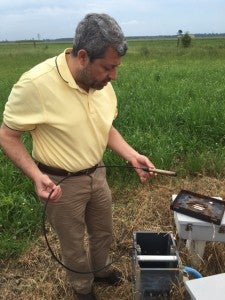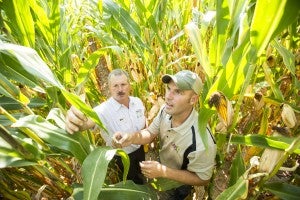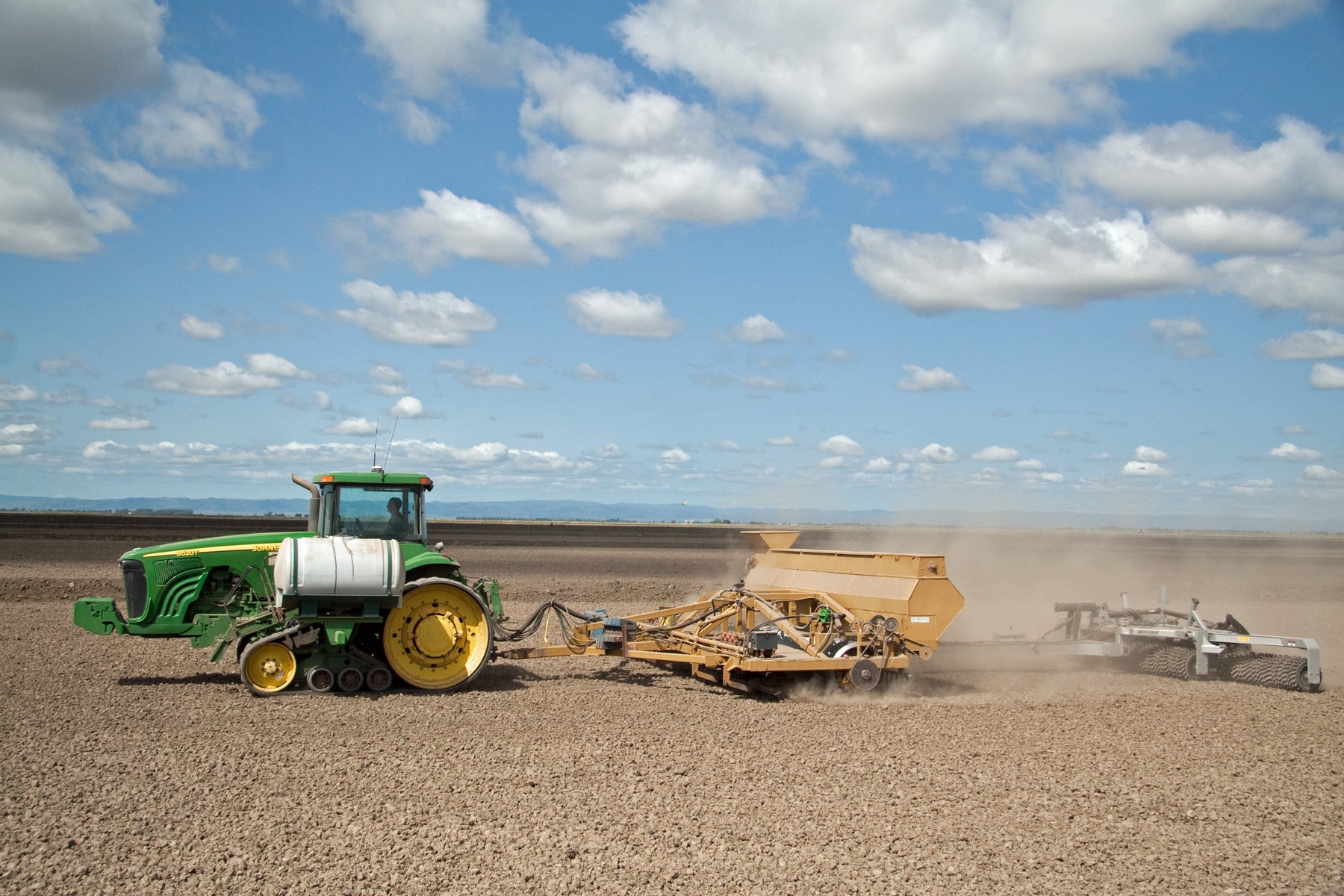
Credit: Flickr user jkc photos.
At the first field hearing for the 2018 farm bill held in Kansas last week, producers had one clear message for the Senate Agriculture Committee: the stakes for farmers have never been higher. Commodity prices are the lowest they’ve been in over a decade, and farmers’ incomes are predicted to drop nearly 10 percent this year.
Members of Congress – and the new Secretary of Agriculture – will have their hands full in helping producers navigate the innate uncertainties of farming, balancing the myriad needs of farmers in different geographies, and ensuring that growers remain profitable.
There are two bright spots offering some low hanging fruit for agricultural legislators:
- There’s agreement on at least one big issue: producers testifying last week conveyed a desire for continued funding for conservation programs in the farm bill.
- Government doesn’t have to go it alone when it comes to sustainable agriculture: the private sector’s investment in conservation is unprecedented, and companies are eager to collaborate.
Here’s how to increase the impact of these already popular conservation programs. Read More
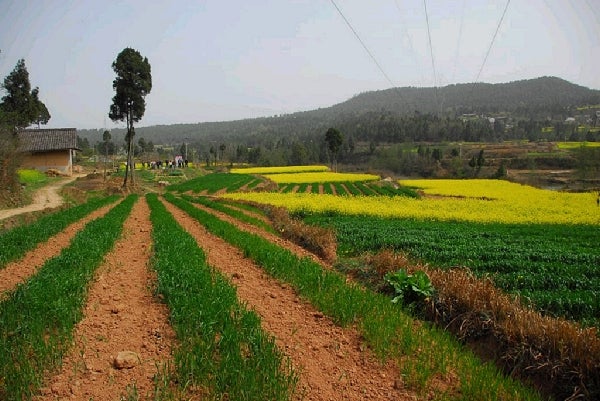
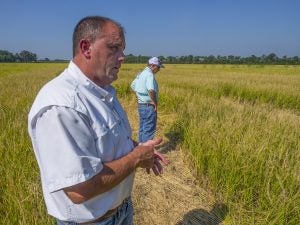

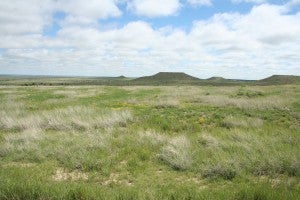

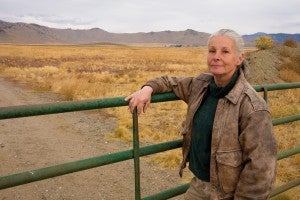 Nearly one-third of U.S. farmers are women, yet their contributions aren’t well known. The Rise of Women Farmers and Sustainable Agriculture, a new book from the University of Iowa press, aims to change this.
Nearly one-third of U.S. farmers are women, yet their contributions aren’t well known. The Rise of Women Farmers and Sustainable Agriculture, a new book from the University of Iowa press, aims to change this.